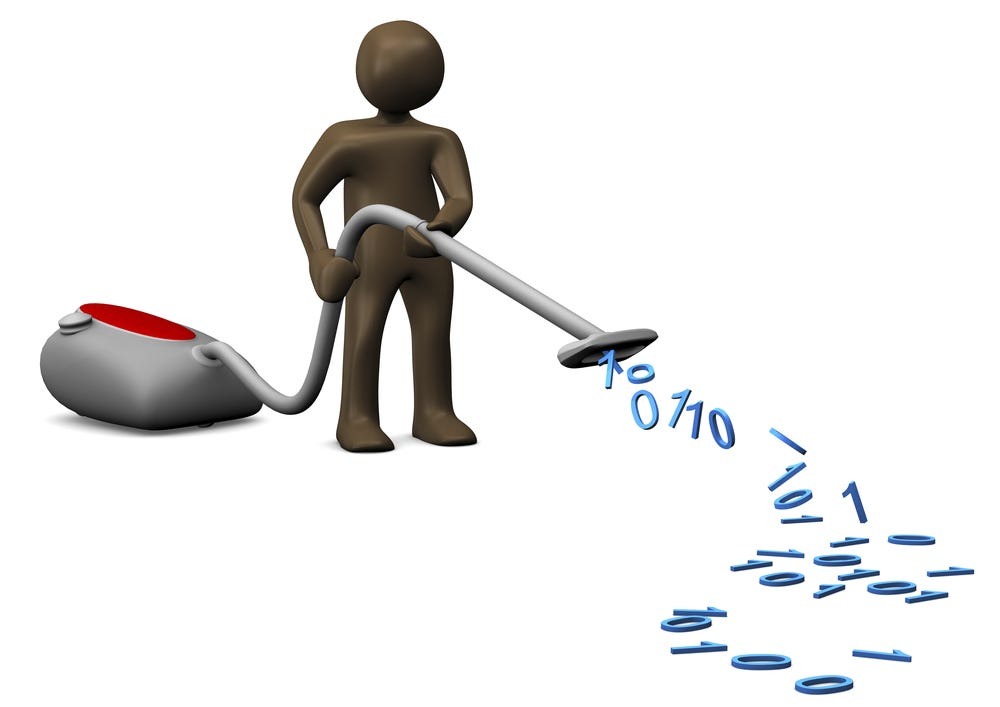Germination Don’t’s: 5 Seed Starting Mistakes That Can Sabotage Your Garden

Strong 8k brings an ultra-HD IPTV experience to your living room and your pocket.
Starting seeds seems simple at first. Add some soil, tuck in a few seeds, water them, and wait. But if you’ve ever been disappointed by empty trays or weak, wilted seedlings, these happen more often than you know. Germination is one of the most important stages in your garden’s life cycle, and it’s also where many things can quietly go wrong.
If your seeds aren’t sprouting or your seedlings keep dying early, chances are one of these five common mistakes is to blame.
1. Using the Wrong Containers
Not all containers are created equal. A yogurt cup or leftover plastic pot might seem like a good idea, but if it doesn’t drain properly or gives roots too little room to grow, it can quickly cause problems.
When seeds don’t have enough space, roots get tangled, water pools at the bottom, and airflow gets blocked. This creates a perfect storm for rot, mold, and weak roots.
Instead, use seed planting trays explicitly designed for germination. These trays typically have individual cells that separate seedlings and help prevent overcrowding. They also include drainage holes, so excess water doesn’t sit at the bottom and harm your plants.
2. Overwatering or Underwatering
Watering seems simple, but it’s one of the biggest causes of seed failure. Too much water, and your seeds might rot before they even sprout. Too little, and they won’t have the moisture they need to activate and grow.
Signs of overwatering include soggy soil, fungus, or green algae on the surface. Underwatering leads to dry, cracked soil or seedlings that stop growing.
The solution is keep the soil consistently damp, not soaked. A gentle spray bottle works well in the early days. Better yet, consider using planting trays with bottom-watering systems so your plants can absorb just what they need without sitting in standing water.
3. Poor Soil Choice
Grabbing a scoop of dirt from your backyard or using leftover potting mix is tempting, but seed-starting requires something more precise. Heavy or dense soil can smother delicate roots and slow germination.
A proper seed-starting mix is light, airy, and sterile. This gives seeds the right blend of moisture retention and drainage, reducing the risk of fungus or pests hiding in unsterilized soil.
Good soil is the foundation of healthy growth. Without it, even the best seeds in the best trays will struggle to push through.
4. Ignoring Temperature and Light Needs
Some gardeners start seeds on a windowsill and hope for the best. However, many seeds have very specific needs when it comes to warmth and light. Cool air and short days can cause slow germination or thin, leggy seedlings that never recover.
Most seeds germinate best in temperatures between 65°F and 75°F. If your space is cooler, try using a seedling heat mat. These small mats sit under your trays and gently warm the soil.
Natural sunlight isn’t always enough for light, especially in early spring. A small LED grow light placed just a few inches above your seedlings can make all the difference. Keep it on for 12–16 hours a day to encourage strong, compact growth.
5. Planting Too Many Seeds Together
It might feel like you're increasing your chances of success by planting multiple seeds in one spot, but overcrowding can cause more harm than good. When too many seedlings grow together, they compete for space, air, and nutrients. Their roots tangle, and thinning them out later can damage the ones you want to keep.
Instead, stick to one or two seeds per cell or pot. If you're using good seed planting trays, this becomes much easier to manage. When the time comes, you’ll get healthier seedlings with stronger root systems that are easier to transplant.
Final Thoughts
A strong garden starts with a strong beginning. And the germination stage, though small and quiet, is one of the most important. If your seeds aren’t doing well, don’t get discouraged. These early mistakes are incredibly common and very fixable.
By using the right setup (like proper planting trays and grow lights), being mindful of water and temperature, and giving each seed the space and soil it needs, you’ll give your plants a much better shot at thriving.
Next time you start seeds, make a few small changes, and you’ll be amazed at the difference when those healthy green sprouts start pushing through the surface.
Note: IndiBlogHub features both user-submitted and editorial content. We do not verify third-party contributions. Read our Disclaimer and Privacy Policyfor details.





